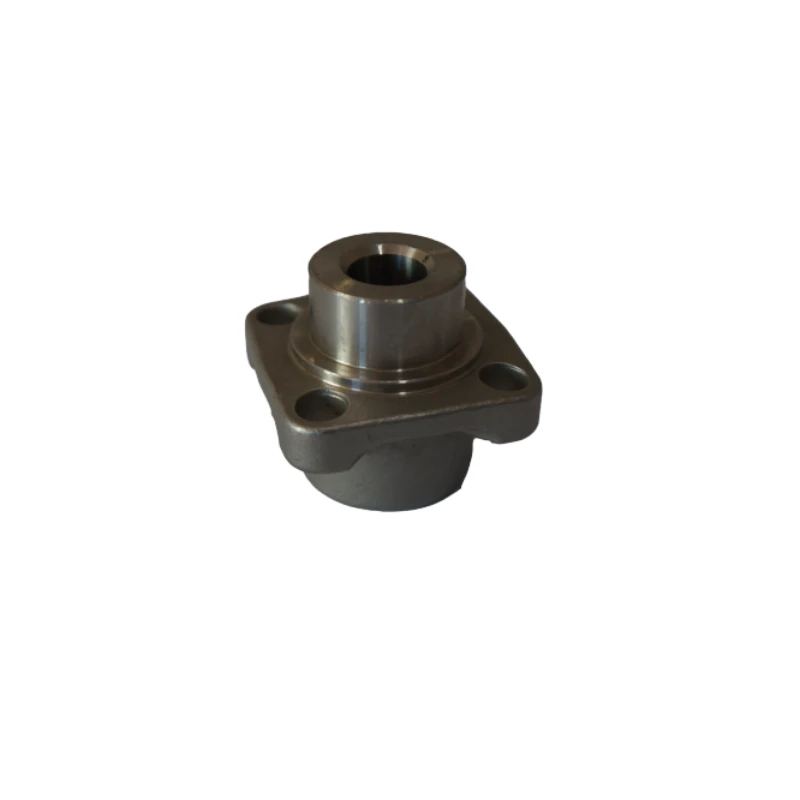Processing Techniques for Stamping Parts in Manufacturing Operations
The Importance of Stamping Parts Processing in Modern Manufacturing
Stamping parts processing is an essential component in the modern manufacturing landscape. This method of manufacturing involves shaping materials—most commonly metals—by deforming them with a die. The process is integral not only in producing high volumes of parts for various industries but also in ensuring precision, consistency, and efficiency in manufacturing operations.
Understanding Stamping Processes
Stamping can be categorized into several techniques, including blanking, piercing, bending, and drawing. Each technique serves a specific purpose within the manufacturing process. For instance, blanking involves cutting flat shapes from a sheet metal, while piercing creates holes for further fitting. Bending is used to create angles, and drawing transforms flat sheets into three-dimensional shapes. These processes can be performed either through manual methods or automated systems, depending on the scale and complexity of production.
Materials Used in Stamping
Typically, stamping is performed on metals such as steel, aluminum, brass, and copper. The choice of material greatly influences the design and functionality of the end product. For environments that demand high durability and corrosion resistance, stainless steel is often the preferred choice. Additionally, advances in technology have allowed for the stamping of composite materials and plastics, broadening the scope of applications for this process.
Advantages of Stamping Parts Processing
One of the primary advantages of stamping parts processing is the remarkable speed and efficiency at which parts can be produced. With press machines operating at high speeds, thousands of components can be manufactured in a short timeframe. This capability is particularly beneficial for industries that require large quantities of identical parts, such as automotive, aerospace, and electronics.
Moreover, stamping is characterized by high precision. The use of precision dies and tools ensures that each part produced adheres closely to rigorous specifications. This level of accuracy is critical, particularly in sectors where safety and reliability are paramount. For instance, automotive parts must fit together perfectly to ensure that vehicles operate safely.
stamping parts processing

Another advantage is the reduction of waste. The stamping process allows for the effective utilization of materials, minimizing scrap produced during manufacturing. This not only contributes to cost savings but also aligns with sustainable manufacturing practices, a growing concern in contemporary industry.
Applications in Various Industries
Stamping parts processing finds applications across a wide range of industries. In the automotive sector, it is utilized for manufacturing components such as brackets, panels, and housings. The aerospace industry leverages stamping for fabricating critical components like fuselage sections and engine parts, where precision and weight are crucial. In the electronics field, stamping is used for producing connectors, housings, and various circuit components.
Furthermore, the machinery and appliance industries also depend heavily on stamping processes to create parts that are both durable and functional. The versatility of stamping allows manufacturers to innovate and deliver complex designs at competitive costs.
Challenges and Future Directions
Despite its many advantages, the stamping parts processing industry faces challenges, such as the need for investment in advanced technology and adherence to increasingly stringent regulatory standards. Implementing automation and robotics within stamping processes has the potential to enhance efficiency further and address labor shortages. Additionally, ongoing research into better materials and techniques is essential to meet the evolving needs of industries.
As manufacturing continues to evolve with the introduction of Industry 4.0 and smart manufacturing, stamping parts processing will remain a cornerstone of production, adapting to new technologies and pushing the boundaries of what is possible in manufacturing efficiency and sustainability. Thus, companies that invest in innovative stamping technologies will not only enhance their productivity but also position themselves as leaders in their respective markets.
In conclusion, stamping parts processing is not just a manufacturing technique; it is a vital player in the advancement of modern industry, driving innovation while maintaining efficiency and precision.
-
OEM Sand Cast Pump Valve Fittings - Baoding Hairun | Precision Engineering, CustomizableNewsJul.30,2025
-
OEM Sand Cast Pump Valve Fittings - Baoding Hairun Machinery And Equipment Trading Co., Ltd.NewsJul.30,2025
-
OEM Sand Cast Pump Valve Fittings - Baoding Hairun Machinery And Equipment Trading Co., Ltd.NewsJul.30,2025
-
OEM Sand Cast Pump Valve Fittings - Baoding Hairun Machinery|Precision Engineering&Fluid ControlNewsJul.30,2025
-
OEM Sand Cast Pump Valve Fittings - Baoding Hairun Machinery And Equipment Trading Co., Ltd.NewsJul.30,2025
-
OEM Sand Cast Pump Valve Fittings-Baoding Hairun Machinery And Equipment Trading Co., Ltd.NewsJul.30,2025















